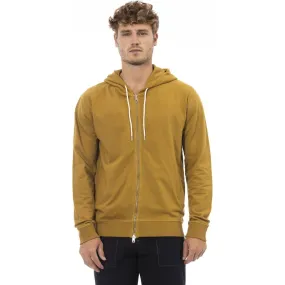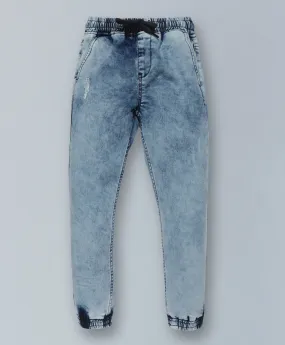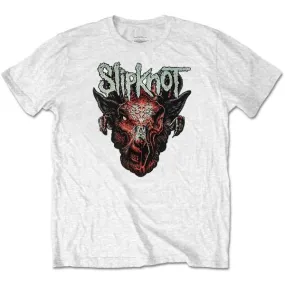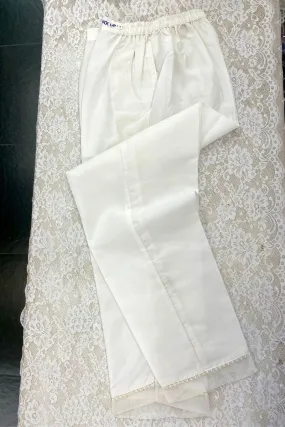Panel-intensive construction in chrome-tanned cowhide, flat-felled seams, and ergonomic patterning reflect disciplined postwar Central European craft.
The women’s two-button leather blazer, produced by an unidentified German or Austrian manufacturer between the mid-1970s and early 1980s, stands as a rigorously constructed artifact of postwar Central European leatherwear—a sector defined not by designer auteurship but by industrial mastery, functional tailoring, and material authenticity. Emerging from a milieu where “Echtes Leder” (real leather) outerwear became a wardrobe mainstay, this garment embodies the broader shift toward pragmatic, professionalized women’s dress, blending masculine tailoring codes with tactile luxury to serve a newly mobile, economically empowered demographic. The blazer adheres to a panel-intensive construction methodology, executed in real leather—likely chrome-tanned cowhide—featuring medium weight (0.9–1.1mm thickness) and a smooth, subtly glossy finish. Panel seams are flat-felled and topstitched, reinforcing major stress points while simultaneously articulating the garment’s structural geometry. Stitch length is appropriately elongated (~4–5mm) to prevent perforation fatigue, indicating industrial-grade leather machinery fitted with walking foot or roller foot assemblies. Two-piece sleeves are set in with minimal cap ease, reflecting refined sleeve block drafting that accounts for leather’s inherent rigidity. The fully bagged polyester taffeta lining—characteristic of the era’s mid-market outerwear—ensures abrasion resistance and low-friction wearability, its plain-weave structure lending both durability and drape. Pattern logic is precise and functional: princess seams sculpt the front bodice for bust and waist shaping without disrupting visual flow, while the rear configuration combines a horizontal yoke with a lower tier panel—an intelligent yield strategy maximizing hide utilization while reinforcing lower-back structure. The jacket’s wide notched lapels extend the roll line lower than standard, emphasizing an equestrian-inspired silhouette, and the slightly flared hem follows a curved side seam and subtly dropped back for ergonomic articulation. Two oversized rounded flap pockets, sharply topstitched around the radii, enhance both aesthetic balance and utility, reflecting mid-century workwear influences reinterpreted for feminine form. Technical detailing reflects advanced leatherworking discipline: seams are butted and glued prior to stitching, eliminating seam allowance bulk; lapel and button placket areas are lightly interfaced for structural retention without impairing flexibility; and buttonholes are machine-bound, consistent with West German mass-production standards of the period. Button attachments are reinforced internally with leather backing discs, mitigating anchor point stress—a small but critical reinforcement decision in leather tailoring. Edges are uniformly turned and topstitched (~2.5–3mm from edge), with the lapel shaping crisp and symmetrical, suggesting careful press-molding with low-heat clappers or specialized pressing equipment suited for delicate leather surfaces. Structurally, the garment optimizes both mobility and visual rhythm through its multi-panel configuration, broad but natural shoulders, and sculpted, slightly cinched waist. Seam architecture distributes shaping intelligently across front princess seams, rear waist darts, and yoke intersections, maintaining clarity of form without material stress accumulation. Sleeve heads are eased smoothly, without puckering, reflecting expert management of leather’s minimal elasticity during sleeve cap shaping. Cuff openings are blunt-cut and unadorned, relying on the material’s inherent rigidity for form retention, while the hem finishes in a subtle curve just below the high hip, preserving classical blazer proportions recalibrated for the female body. Conceptually, this jacket projects a synthesis of authority and tactility, merging the disciplined graphic geometries of menswear tailoring with the material sensuousness of leather. It reframes leather from its historical associations with rebellion—seen in biker jackets—into a vocabulary of grounded confidence and post-industrial pragmatism. Within the broader arc of 1970s fashion, it exemplifies the movement toward gender-integrated wardrobes, offering women sartorial tools previously reserved for male professional or military dress, but softened and recalibrated through material and pattern modulation. Aesthetically, the piece channels mid-century material brutalism through a lens of utilitarian modernism. Its matte brown palette, graphic pocket symmetry, and clear modular seam logic align with Bauhausian design ideals, where function dictates form yet materiality is never subordinated. It belongs to a lineage of garments that privilege purpose over expression, where tactile richness—rather than overt ornamentation—becomes the vehicle of emotional and social narrative. Historically, the jacket situates itself between 1975 and 1983, during the apex of West German leatherwear’s global influence and the mainstreaming of structured tailoring in women’s fashion. Its technical detailing, pattern block, and material finishing directly correspond with mid-market department store brands and private-label manufacturers operating across Germany and Austria, producing goods for both domestic and export markets through distribution networks like Kaufhof, C&A, and Neckermann. In today’s fashion ecosystem, the garment holds pronounced archival and revivalist relevance. The structural and material logic it embodies resonates with contemporary brands such as Nanushka, Lemaire, and Mariam Al Sibai, which explore leather’s capacity for soft armorwear and gender recalibration. Its enduring material integrity, modular construction, and neutral chromatic profile make it highly viable for vintage resale, runway reinterpretation, or editorial recontextualization. Sustainability-minded consumers and designers seeking pre-digital-era material authenticity and pattern craftsmanship would find in this piece a compelling blueprint for ethical luxury and gender-fluid tailoring. Ultimately, this 1970s German/Austrian women’s leather blazer stands as a masterfully realized synthesis of mid-century industrial tailoring, material literacy, and emergent feminist sartorial codes. Its clear structural articulation, controlled tactile narrative, and enduring functional elegance anchor it not simply as a relic, but as a living document of a critical intersection between gender, material culture, and pragmatic fashion design.
Measurements (cm):
Chest: 56
Length: 59
Shoulder: 46
Sleeve: 66
Size Conversion (approximate)
US Women’s Size: XL
EU Women’s Size: 44
SKU: 015040

















